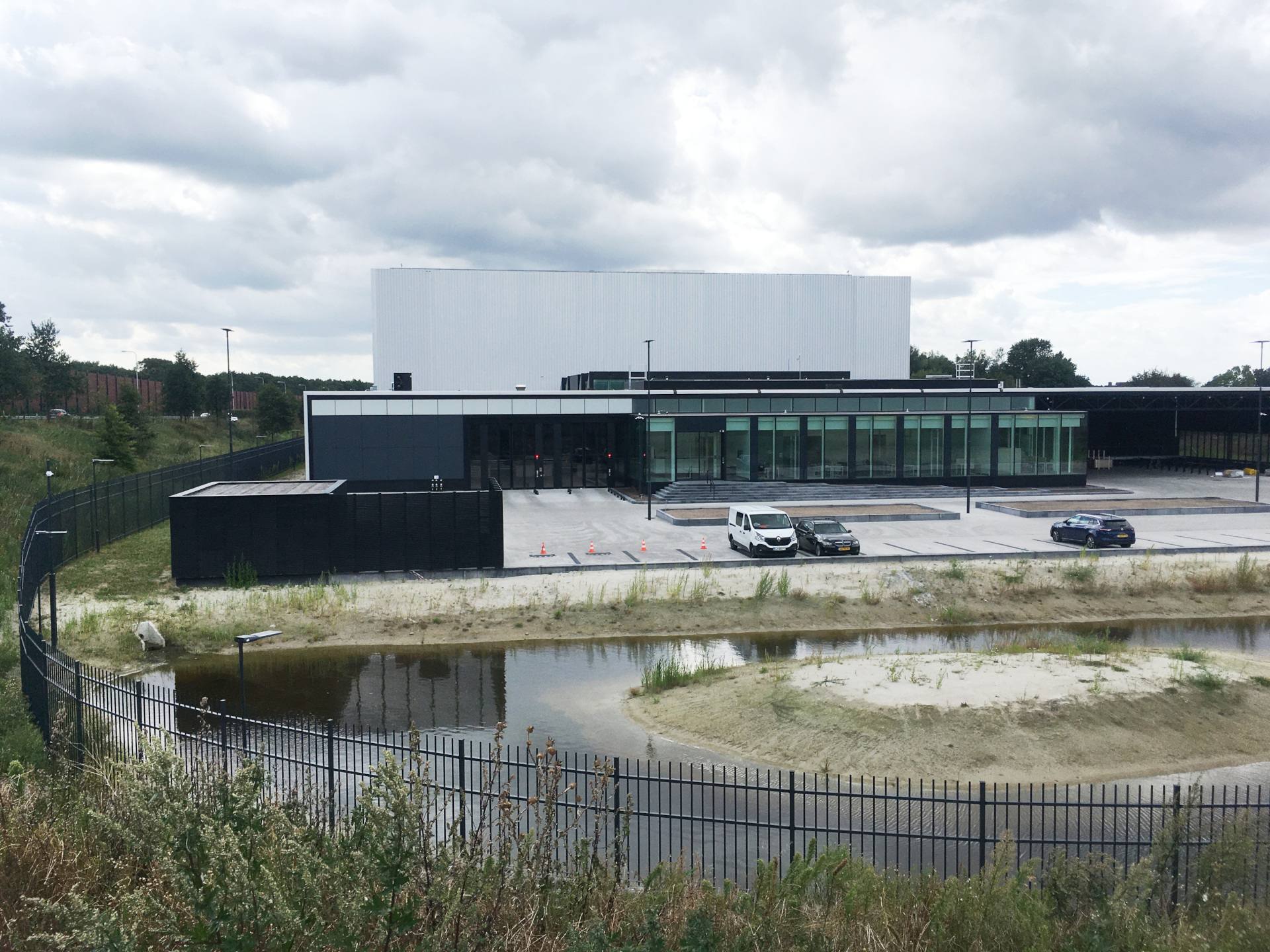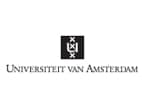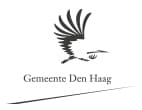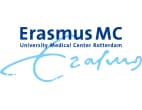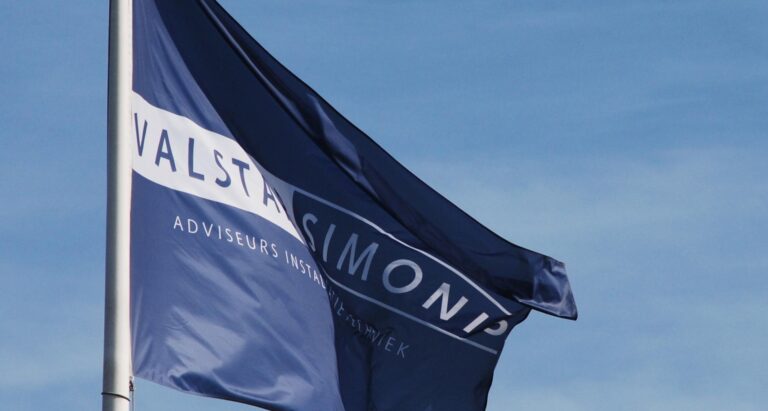Valstar Simonis has carried out all installation-technical design work, including security and transport installations. In addition to the huge depot (>20.000 m2) the complex includes 2 large workshops for research and repair, a reception area where cleaning and disinfection can also take place, a stake and photo studio and an office area.
Sustainability
The bar for sustainability has been set very high for this project. In addition to the passive depot according to the Dutch Denmark model, the indoor climate in the rest of the building must remain within narrow bandwidths. Due to an intensive and interactive collaboration in the design team and the maximum use of the roof surface for solar panels, the new Collection Center has become an energy-producing building with an EPC of 1,849.
The design is BREseum / Valstar SimonisEAM-Outstanding certified (90,62%) and nominated in the Public Sector Projects category for the international BREEAM Awards 2019.
Climate control
The air-conditioning of the depot area is special. The outer shell with an extremely thick insulating facade is placed over the collections like a kind of inverted cool box. The ground floor, on the other hand, remains uninsulated and in direct contact with the underlying ground, which acts as a very stable temperature buffer.
Photos / images: Rijksmuseum / Valstar Simonis
